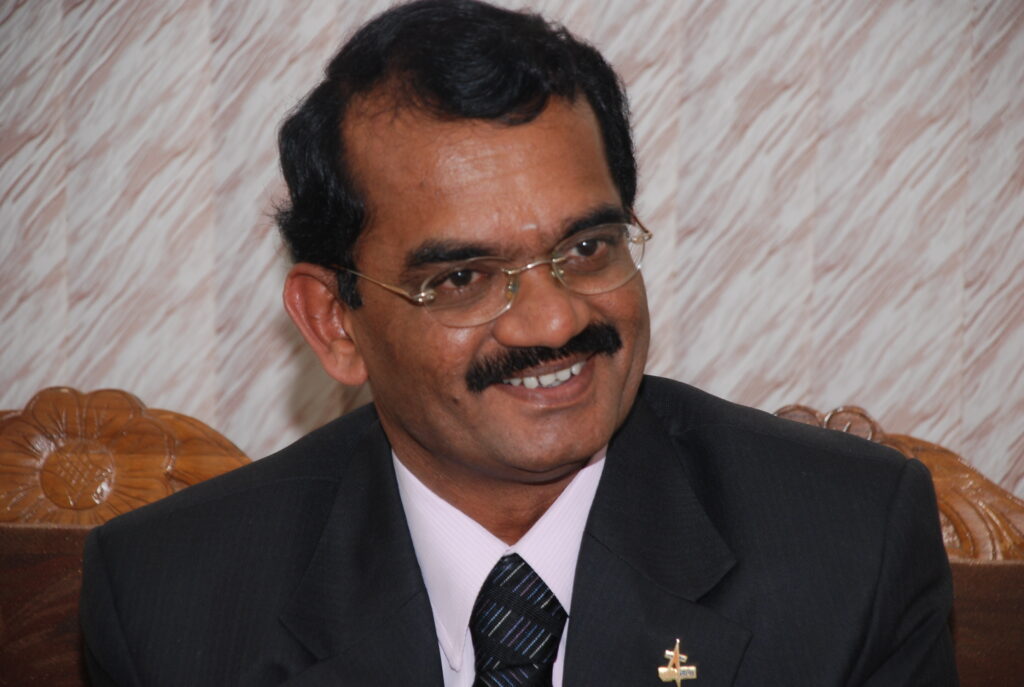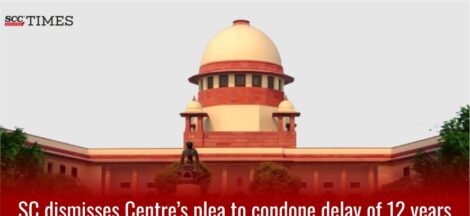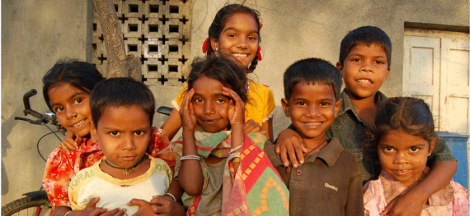He is called the ‘Moon man of India’. Mylswamy Annadurai played a pivotal role in developing the spacecraft for Chandrayaan-1, India’s first lunar mission. A Padma Shri awardee, he was the programme director of not just of Chandrayaan-1, but also Chandrayaan-2 and the Mars Orbiter Mission. He was with the Indian Space Research organization (ISRO) for 36 years and was also the director of the U.R. Rao Satellite Centre in Bengaluru.
He talks about the challenges associated with lunar missions and why India needs to further improve its launch capabilities. Can India look forward to a manned mission to the moon?
Annadurai says when Chandrayaan-1 was launched, we had a very modest launch vehicle—the polar Satellite Launch Vehicle (PSLV). When you compare it with Russia or United States, they have superior launch capabilities, as they can push the spacecraft towards the planetary body with one shot. We do not have such powerful launch vehicle even today. The Geosynchronous Satellite Launch Vehicle (GSLV), too, does not have the capability to put the spacecraft directly towards the planetary body, India can further improve its launch capabilities.
Today, we are talking about the human spaceflight (Gaganyaan) mission, which will take astronauts to the low earth orbit and then return. Since it is the low earth orbit, the present human-rated GSLV (LVM3) will be more than enough to take them there. But in case India needs to send a man to the moon in future, we cannot take the route that we have taken now.
In the present mode, we have designed only the landing, where as in human lunar missions, a person has to come back as well. For the return, one needs to have a more powerful propulsion system and lander, and the vehicle will weigh more as it will require as much fuel to return safely. That means the GSLV will require twice its current power. Today, we have just carried a lander and rover, but if we have to carry two or three people and their support system to the moon, it will not be possible with the current launch capabilities.
Q what can be done to improve the situation?
A One option is that we need to make our launch vehicle bigger and more powerful. Another option is to collaborate with international agencies and use their launch vehicle to send our spacecraft. Post that, we can gradually improve our launch capabilities.
Q What are the challenges associated with a lunar soft landing?
A With Chandrayaan-3, we are targeting a place in the South Pole where it has to land with minimal velocity—round 1m to 2m per second per second. To start with, it will have 1km per second velocity when it is orbiting the moon. When you reduce that velocity, it will naturally keep falling. When it falls, it will pick up velocity. One has to manipulate the lander in such a way that it reduces both the horizontal and the vertical velocity. This calls for very close manoeuvres. So it has to be ensured that the lander does not hit the ground very hard and the velocity has to be zero. At the same time, it needs to be ensured that one or two legs of the lander do not land on a stone. It also calls for another manoeuvre — to move literally, left or right. The challenge is that the time available is very less. (IPA Service)




 President Biden Joining Striking Auto Workers Picket Is A First In US History
President Biden Joining Striking Auto Workers Picket Is A First In US History 